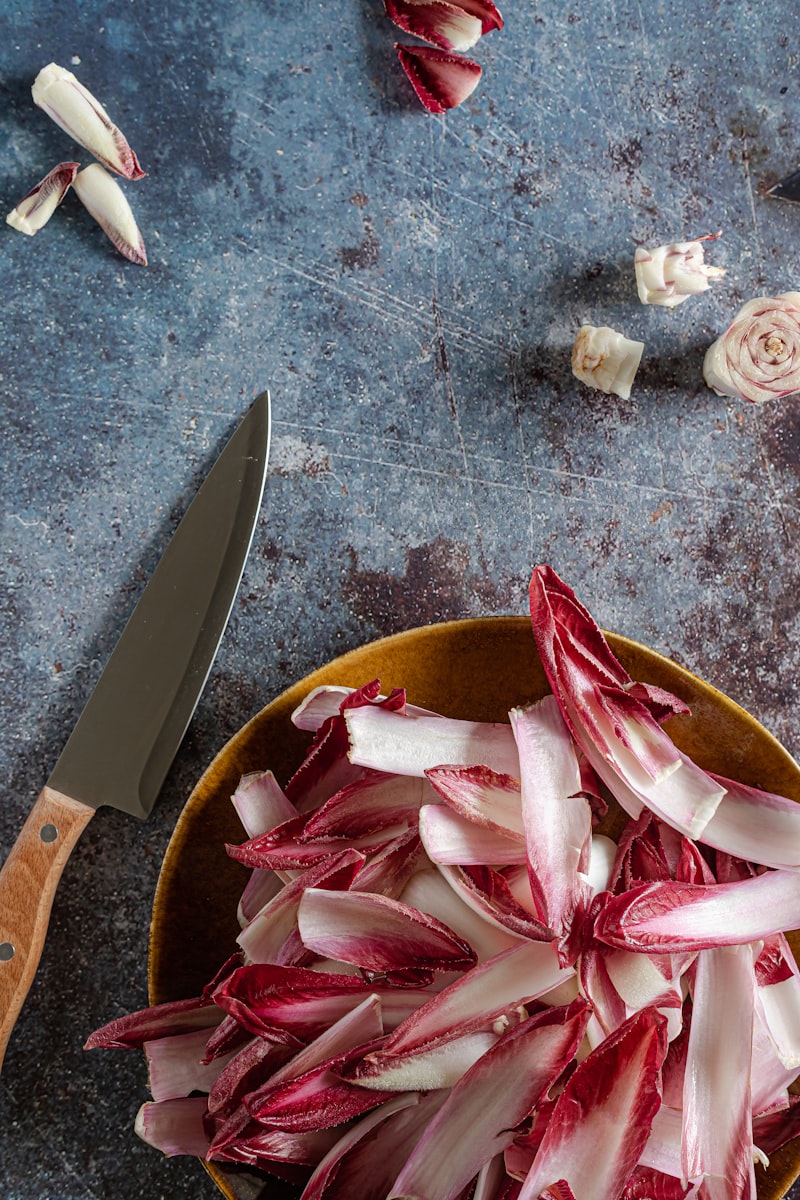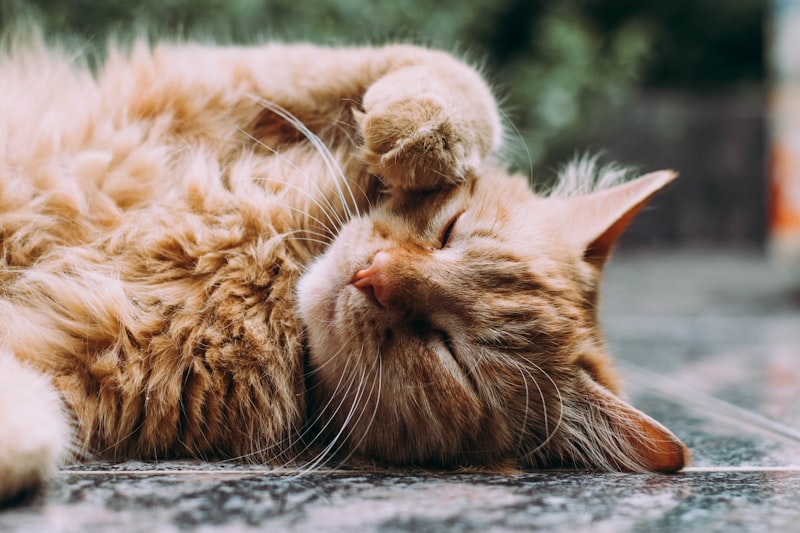First up, steer clear of anything with fillers like corn, wheat, and soy. Imagine trying to fuel a race car with cheap gas; you wouldn’t expect it to perform well, right? Your cat’s diet works the same way. Fillers may bulk up the food, but they offer little to no nutritional value. Instead, look for quality proteins at the top of the ingredient list—think turkey, chicken, or fish.
Next, watch out for artificial preservatives. These ingredients can be as harmful as putting your cat in a room full of smoke. Look for natural alternatives like mixed tocopherols or vitamin E to keep your cat’s food fresh without the nasty side effects.
Don’t forget about by-products. This term can be as murky as a swamp at midnight. By-products can include leftover parts of animals that aren’t ideal for your feline friend. If you see “meat by-products” on the label, it’s a good idea to put that bag back on the shelf. Trust me, your cat deserves better!
Lastly, beware of excessive carbohydrates. Cats are natural carnivores, so their system isn’t designed for a carb-heavy diet. Too many carbs can lead to obesity and other health problems. Just think of it like this: if you fed your cat donuts every day, would you expect it to run marathons?
Paws Off These Dangerous Ingredients: The Ultimate Guide to Cat Food Safety
First up, let’s talk about artificial additives. These are the sneaky culprits often hidden in seemingly fine packages. They may enhance flavor or texture, but they can lead to a host of long-term health issues. Think of them like junk food for your cat—they might love it at first, but it’s a recipe for disaster in the long run.
Then there’s the notorious grain dilemma. While some cats might not have an issue with grains, many are obligate carnivores, meaning meat is their main jam. Feeding them grains can be like serving a dog salad—it’s not the best fit for their natural diet! Too many grains can lead to obesity and even diabetes in our whiskered companions.
And let’s not forget the importance of proper meat sourcing. You wouldn’t want your cat munching on expired or low-quality proteins, right? It’s like digging into a mystery meal that could turn into a horror story for your pet’s digestion!
Lastly, keep an eye out for certain toxic foods like onions, garlic, and chocolate—yes, even cats can be affected by these common kitchen staples. Just imagine giving your kitty a bit of chocolate; it might seem like an innocent treat, but it can cause some serious trouble.
What’s in Your Cat’s Bowl? 10 Ingredients You Should Never Feed Your Feline Friend
First off, have you ever considered that chocolate, the delicious treat we adore, is a definite no-go for cats? Just like in dogs, it can cause some serious health issues. And while we’re on sweets, skip the sugary snacks and artificial sweeteners too. They can wreak havoc on kitty’s tummy.
Then there’s garlic and onions. You may love them for making your food flavorful, but these pantry staples can lead to feline anemia. Yikes!
Ever thought about grapes and raisins? They might be a refreshing snack for you, but they can cause kidney failure in cats. It’s like a hidden landmine in your snack drawer! And while you’re throwing away junk food, don’t forget about caffeine. Whether it’s coffee, tea, or soda, keep it miles away from your cat.
And if you think fish is always a good option, think again! Certain types, like raw fish, can lead to issues ranging from digestive disturbances to neurological problems. It’s like giving your cat a one-way ticket to a vet visit.
Lastly, let’s not forget about the stuff that sounds benign but isn’t. Feeding your kitty dog food, bread, or even too much dairy can cause havoc in your feline’s digestive system.
Taking a moment to check the ingredients in your cat’s bowl could be a game-changer for their health. After all, keeping your cat healthy means more purring snuggles for you!
Hidden Dangers: The Top Cat Food Ingredients That Could Harm Your Pet

First up, let’s talk about artificial colors and flavors. You might think that a pop of color in their kibble looks appealing, but these additives don’t do a single thing for your cat’s health. They could even cause allergies or digestive issues. It’s like dressing up a cat in a Halloween costume—cute, but not safe in the long run.
Then there’s the ever-dreaded corn and wheat gluten. Sure, they’re often used for cheap fillers, but they can lead to serious health problems, including obesity and even kidney disease. Think of it like stuffing yourself with cotton candy; it fills you up, but it does nothing for your nutrients.
Now, let’s shed some light on by-products. These are often derived from leftover animal parts that we wouldn’t dare eat ourselves. Imagine feeding your furry friend the equivalent of last night’s mystery meat—yikes! They may lack essential nutrients and could even harbor harmful bacteria.
And don’t even get me started on preservatives like BHA and BHT. These chemical concoctions might extend shelf life, but they have the potential to wreak havoc on your cat’s liver over time. It’s like putting a rusty old lock on the door to your home—why compromise safety?
So the next time you grab that bag of cat food, do your research. Your whiskered buddy is counting on you to make the best choices for their health!
Cat Food Faux Pas: Avoid These Ingredients for a Healthier, Happier Cat
First off, let’s talk grains. Some cat foods load up on fillers like corn and wheat, thinking they can substitute for the meaty goodness your cat craves. Cats are obligate carnivores, meaning their bodies just aren’t designed for grains. Opt for high-quality protein sources instead. Meat should be the star of the show, not an afterthought.
Next up, artificial additives. Ever glance at a cat food label and see a long list of unpronounceable ingredients? Those artificial colors, flavors, and preservatives are best left out of your cat’s bowl. Just as we wouldn’t want to chow down on chemical-laden junk, our furry pals deserve real, wholesome ingredients.
And let’s not forget about by-products. While they might sound fancy, meat by-products can come from less desirable sources. You wouldn’t want your dinner to include mystery meat, right? Go for options that specifically state “chicken” or “beef,” so you know exactly what you’re serving.
Finally, watch out for high levels of carbohydrates. Sure, kitties can nibble, but they don’t need those carb-heavy kibble diets. Think of it like you trying to fuel up on pasta before a sprint—you’d end up sluggish instead of spry! Feeding your cat the right ingredients can spark their excitement, turning mealtime into pure joy. Trust me, your whiskered buddy will thank you for it!
The Unseen Threats: Cat Food Ingredients that Every Responsible Pet Owner Should Avoid
First off, let’s talk about fillers. You know those mysterious terms like “meat by-products”? It sounds harmless, right? But it’s often a euphemism for low-quality scraps that you wouldn’t want in your pantry. Think of it like serving your cat the leftovers from a buffet. Not exactly a gourmet experience!
Then there’s corn and soy. Sure, they’re cheap fillers, but they don’t provide much nutritional value for your little furball. Imagine feeding your cat a plate of popcorn—sure, they might munch it down, but what’s in it for them? Not much, my friend.
Artificial preservatives like BHA and BHT might help keep cat food fresh longer, but they come with a hefty price tag: potential health risks. It’s like adding chemicals to a salad to keep it from wilting; it looks good but isn’t going to do your body any favors.
And let’s not forget about added sugars. Cats can get hooked on the sweetness just like people do, but it’s not doing their bodies any good. It’s like giving them a dessert when they should be feasting on a balanced meal.
So, when you’re perusing those cat food labels, remember: knowledge is power. Keeping an eye out for these hidden dangers can help ensure your cat lives a long, happy, and healthy life. Think of it as being their first line of defense in a world of questionable cuisine!
Feeding Felines: 10 Common Cat Food Ingredients That Can Spell Trouble

First on the list is corn gluten meal. You might ask, “Isn’t corn just a veggie?” Well, it’s not the kind of nutritious goodness cats need. Corn gluten is an inexpensive filler that provides little more than empty calories. Just imagine feeding your cat nothing but marshmallows—it might be fun for a day, but long-term? Yikes.
Next up, watch out for animal by-products. This could be anything from the parts of animals not fit for human consumption. Would you serve your cat scraps? Neither would I. High-quality protein is what they deserve!
Then there’s sodium nitrate, a preservative that sounds fancy but acts like a villain inside your cat’s body. Think of it like that extra slice of cake we know we shouldn’t have; it might taste good at first, but the consequences? Not pretty.
Don’t forget about artificial flavors. If your cat’s food requires a little extra sprinkle of synthetic goodness to make it palatable, that’s a sign it’s lacking quality ingredients. It’s like a magician’s trick—if you have to distract with false elements, what about the basics?
Lastly, watch for xylitol, a sweetener that’s deadly for pets. Imagine a poisoned treat—it’s as sinister as it sounds!
By keeping an eye out for these troublemakers, you’ll be ensuring your kitty gets the best and stays healthy. After all, a happy cat means a happy home!






